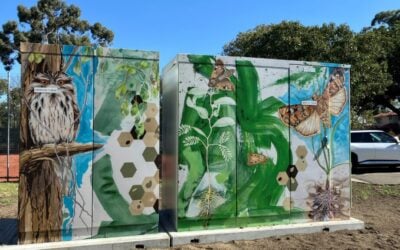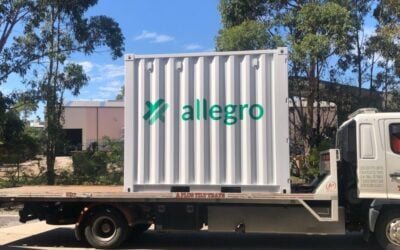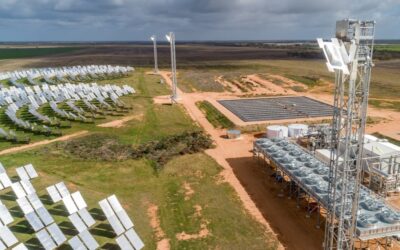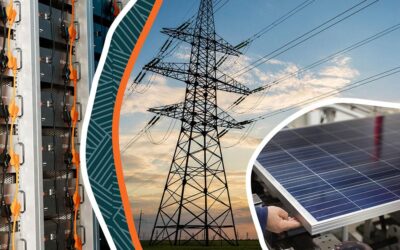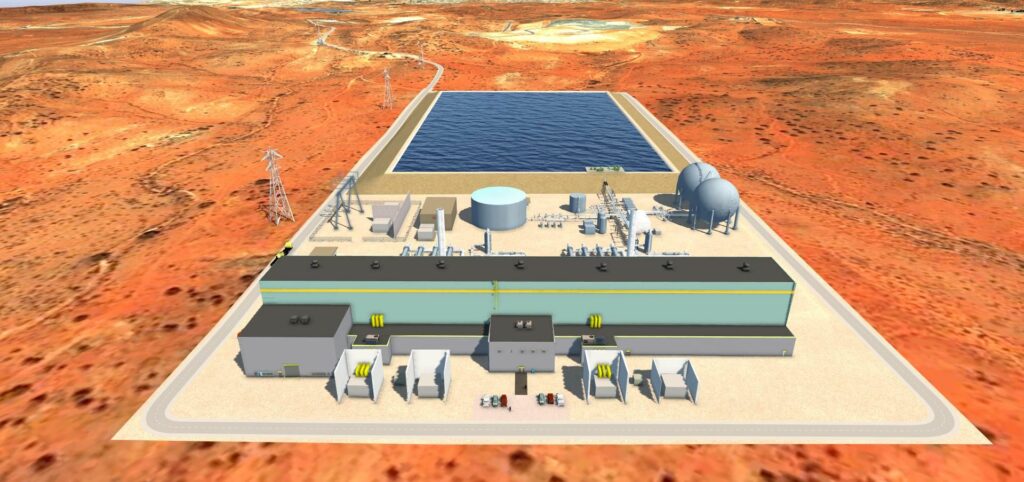
Canada-headquartered Hydrostor has received planning approval for a 200MW/1,600MWh advanced compressed air energy storage (A-CAES) project in New South Wales, Australia.
The Silver City Energy Storage Centre, being developed at Broken Hill, a frontier mining town around 1,100km to the west of the state capital, Sydney, received approval from the New South Wales government’s Department of Planning, Housing and Infrastructure (DPHI) yesterday (25 February).
Enjoy 12 months of exclusive analysis
- Regular insight and analysis of the industry’s biggest developments
- In-depth interviews with the industry’s leading figures
- Annual digital subscription to the PV Tech Power journal
- Discounts on Solar Media’s portfolio of events, in-person and virtual
Construction of the 8-hour long-duration energy storage (LDES) project, located adjacent to the Potosi Mine, is scheduled to take place later this year and last between three to four years. It will form the backbone of a microgrid near Broken Hill by drawing renewable energy from local developments.
In doing so, the A-CAES solution will be capable of powering the entire town without a direct connection to the National Electricity Market (NEM). It will operate as backup generation during planned or unplanned outages to prevent blackouts.
Penny Sharpe, the minister for climate change and energy for the New South Wales government, hailed the project as a key enabler of backup energy for homes and businesses.
“Energy storage solutions like this will go a long way to preventing blackouts like the ones the Far West experienced last year. The project will provide construction and ongoing jobs and will put Broken Hill on the map as a nation leader in renewable energy,” Sharpe said.
The Silver City Energy Storage Centre project is expected to cost in the region of AU$638 million (US$405 million).
A-CAES project to replace ageing diesel generators
Initially, the LDES project will replace ageing diesel generators nearing their end of life. It will be connected to the New South Wales grid and capable of trading large quantities of energy daily.
It will also act as an emission-free, long-term grid reliability solution for Broken Hill and the wider region, supporting existing and new renewable energy generation and serving communities and mining loads cost-effectively.
Martin Becker, Hydrostor’s senior vice-president of origination and development, believes securing the development approval marks a significant milestone in Hydrostor’s journey in Australia and the adoption of LDES technology nationally.
CAES charges by pressurising air and funnelling it into a storage medium, often a salt cavern, and discharges it by releasing the compressed air through a heating system, which expands air before it is sent through a turbine generator.
A-CAES operates much in the same way as CAES, however it takes the heat from the compressor and runs it through heat exchangers to store it in pressurised water. The water is then held in a reservoir and pushed down into a cavern to push the air up and out when discharging, in a process called hydrostatic compensation.
Hydrostor continues development of 4GWh California A-CAES site
Hydrostor has another late-stage project in development in the form of the 500MW/4,000MWh Willow Rock Energy Storage Centre in California, US, which is using advanced compressed air energy storage. It is being led by Hydrostor subsidiary GEM A-CAES.
Hydrostor also has a presence in Canada with projects including Quinte Energy Storage Centre, a 500MW/4,000MWh A-CAES project in Lennox and Addington County, Ontario.
It is also worth noting that Hydrostor recently secured a US$200 million investment from Canda Growth Fund (CGF), Goldman Sachs Alternatives and Canada Pension Plan Investment Board (CPP Investments), to support the scaling of its S-CAES technology.

